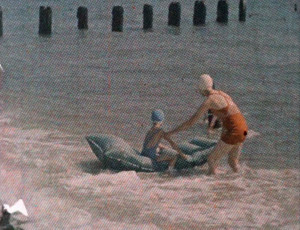
"Nineteen thirties holiday film of the Harrison family at a number of Suffolk coastal holiday hotspots; including Southwold, Lowestoft, the Broads (Beccles), and Thorpeness. This reel, with scenes in both Dufaycolor and black and white, shows the family having a jolly old time bathing, picnicking at their beach hut, horse riding, and sailing. Intertitles include “Susan on the li-lo” and “tea with the mater” (BFI.org.uk)
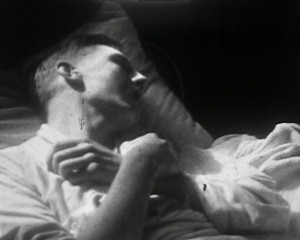
"Amateur filmmaker, cinema historian and railway engineer H.A.V. Bulleid presents a tale of paternal foreboding and rural tragedy. When a man dies, his widow seeks a suitable replacement to care for her and their son. Torn between two rival suitors - Dr. Vincent Moire and the mysterious Richard Grafton - the mother is unable to make a decision, despite her son expressing a clear preference for the doctor. When he is called away to town, Grafton seizes his opportunity and, wanting rid of the boy so that he might live with the mother in peace, shoves him over a cliff to his death. But when Grafton returns to the village, he spots the doctor - who has made an unexpected return - walking arm in arm with the widow. Distraught and defeated, Grafton claws at his neck and face in desperation, reaches into his jacket, pulls out a gun and kills himself." (EAFA Database)

"Working still in the same lyric mood which inspired In The Beginning and Consider The Lilies (place winners of earlier years), Fred C. Ells has turned this year to the Twenty Third Psalm for the theme of Still Waters. In it, to use his own words, he has tried "to bring to mind some of the beauties of the natural world, and to make the spectator conscious in some small way of the mysterious, wonderfully planned creation in which we live. The picture is pure lyric from start to finish, with no more continuity than a love song." Mr. Ells has, on occasion, been thrillingly successful in fulfilling this high charge, bringing to the screen some of the most stirring beauty it would seem possible to recreate. The cumulative effect of the relatively short study, however, is weakened by imperfect technique in the preparation of the Biblical title wordings." Movie Makers, Dec. 1938, 620.
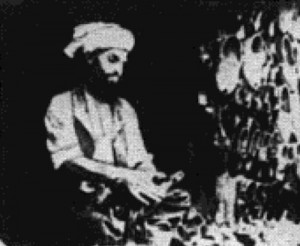
"The Stones of Eden is a documentary on the modern day life of a common wheat farmer in Afghanistan. Today he ekes out his living about the same as he did 2000 years ago. We see him fasten the yoke to his oxen and till the hard dry soil with a primitive plow. Five times a day he stops to kneel in prayer, no matter where he is. We see the grinding of wheat and the baking of bread. At the village the farmer exchanges his wheat for a few necessities, then leaves the village, his only contact with the 20th Century, for his fortified walls of stone to keep out wild animals, human enemies, and other fears. The film won the MPD Student Film Award" PSA Journal, Sept. 1965, 50.
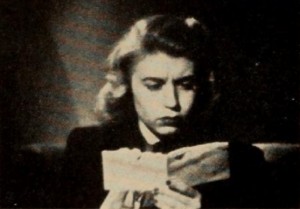
"Although there is no actual violence portrayed in this psychological thriller, Storm Due — in which a young wife discovers her husband to be a murderer — is instinct with mounting tension and terror. Francis J. Barrett's film is a potent combination of several related elements. Wedded almost as one are dramatic, hard-hitting camera angles and the visual stimulus of brilliant, low-key lighting. Acting of theatrical calibre by the young wife is accented by an off-stage voice which underlines her fears — a technique that suggests a loan from the best in modern radio. A taut continuity only hints at the story line as it hurries through this exciting evocation of violence. This very economy of dramatic exposition, in fact, will make Storm Due an unpopular and often misunderstood production. For these reviewers, however, it remains creative cinema of a very high order." Movie Makers, Dec. 1949, 454-455.
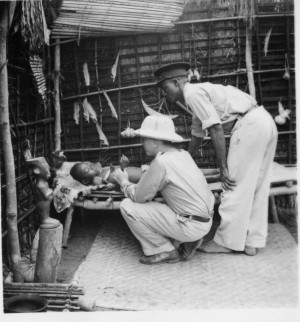
"The Story of Bamba is a drama filmed in Africa by Ray L. Garner for the Harmon Foundation in New York. This reviewer calls the production a film drama advisedly, for, although it is made as a report of the medical work of a missionary group in Africa, the picture is, in itself, an entertaining photoplay. The boy, Bamba, is the nephew of the tribal witch doctor who cures sickness with his fetishes. Bamba is to become the medicine man's successor, but he falls ill with the fever and is deserted by the tribe when they hurriedly flee their village to rid themselves of a plague. Rescued and cured by the native representative of the missionary medical center, Bamba is sent to school so that he too, can cure in the white man's way. An adult, he returns to his own tribe, where he meets and finally overcomes the resistance of his uncle. Thus, the plot unfolds clearly and entertainingly, yet the story does not interfere with a complete exposition of the medical work of missionaries. Skillful handling of native actors is apparent in every scene, for there is scarcely an unconvincing piece of business in the whole film. Camera treatment is matter of fact but adequate." Movie Makers, Dec. 1939, 637.
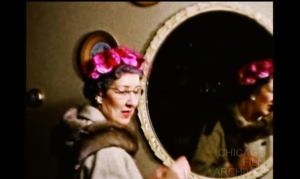
"An amateur film made by and starring the husband and wife duo, John & Evelyn Kibar. John is frustrated with Evelyn’s hat shopping habits. To distract John’s frustrations, Evelyn surprises John with a cake. Title cards with dialogue are dispersed throughout the film." Chicago Film Archives
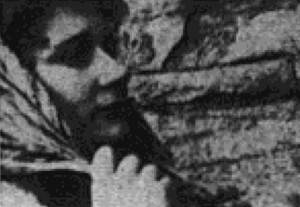
"The Stray is a well written little story concerning a lonely little woman who returns to her husband, but finds he wants no more to do with her, for reasons explained as the story unfolds. Its ring of sincerity, coupled with good acting on the part of both the woman and her husband, was most surely the primary basis for the film landing in the top ten" PSA Journal, Aug. 1967, 36.
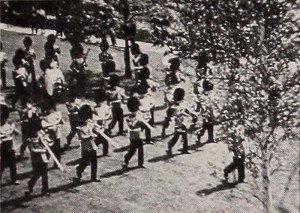
"In Streets of Peace, Lewis B. Sebring, jr., presents a manifold accomplishment in film. Here is a record of the New York World's Fair 1939, but a record which, because of its selectivity, gives the impression of completeness in setting forth a single theme, although the material is both voluminous and varied. Here, also, is an interpretation of the epic idea behind the foreign participation in this great American exposition, the vision of peace, which has since been so rudely interrupted. Mr. Sebring takes his camera through the streets of peace, literally, and we see one after another of the foreign buildings and exhibits at the Fair; we also look at the different national celebrations in the Court of Peace. The visit of the King and Queen of England is recorded in considerable detail. After a scene of children of many lands uniting in a gathering in the Children's World, we find the pointed query as to what these youngsters will make of the "world of tomorrow," and the picture closes with distinguished shots of the United States Building, with its flag and the word "Peace," which appears on its façade. Mr. Sebring's titling is admirable, both in wording and in execution. His Kodachrome exposures have less good moments, but his camera handling is otherwise pleasing. Here is a workmanlike and finished recording of a great international event." Movie Makers, Dec. 1939, 635-636.
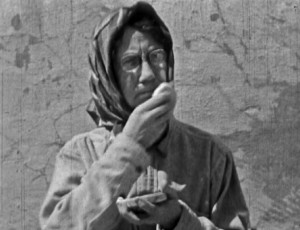
"A Study in Reds, that women's club film of a sovietized America, has been successfully completed and the club, a very pillar of society in its community, has been made safe, by the experiment, for Democracy. The Five Year Plan called for the production of ten eggs a day, so that there was none left for the onetime owner of the chickens; children seemed to get mixed on their return from the communistic nursery; and the police ate all the tidbits from the workers' lunches, so that in the end the good ladies of the club returned contentedly to the stultifying, but more reassuring, banalities of private ownership. Miriam Bennet, ACL, of Wisconsin Dells, was the director and cameraman of this reversal of the customary Sovkino drama" Movie Makers, Aug. 1932, 361.
Total Pages: 29